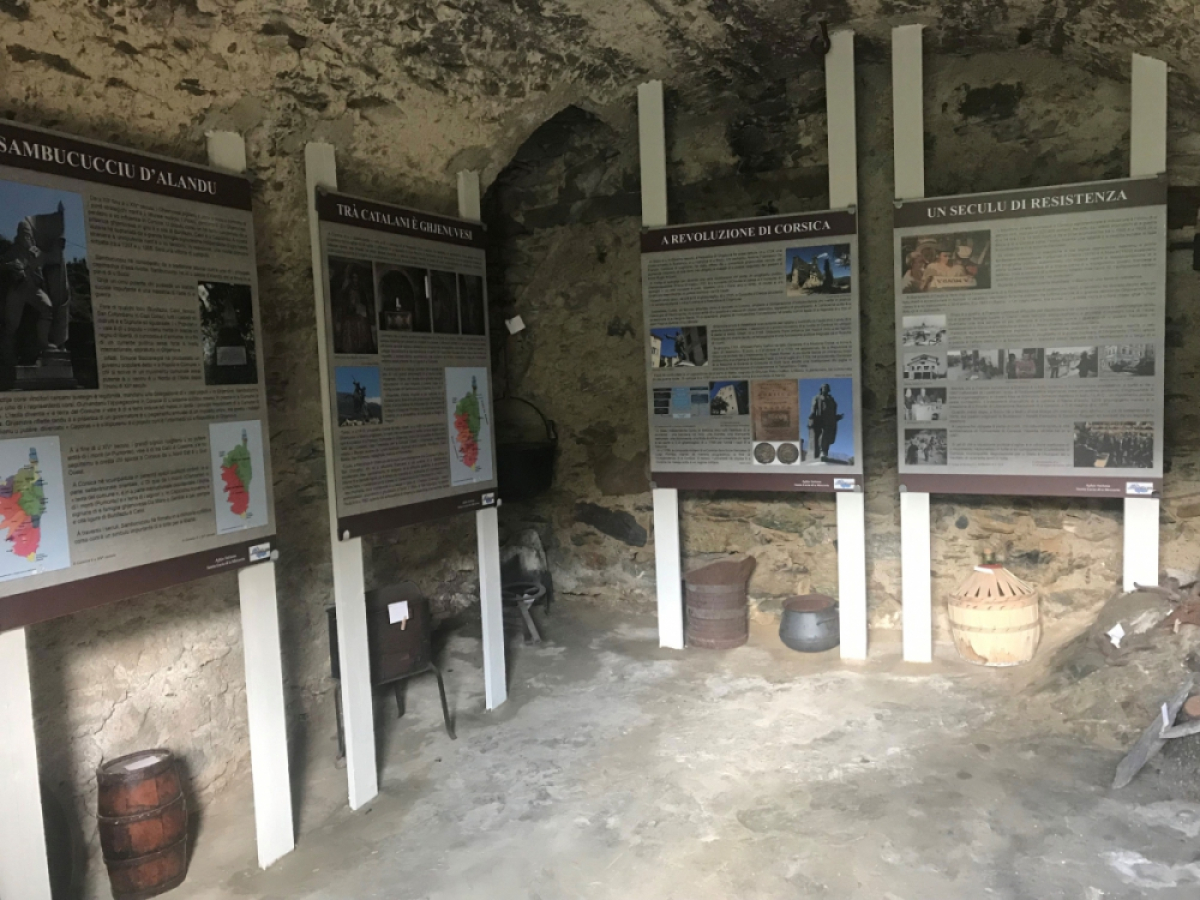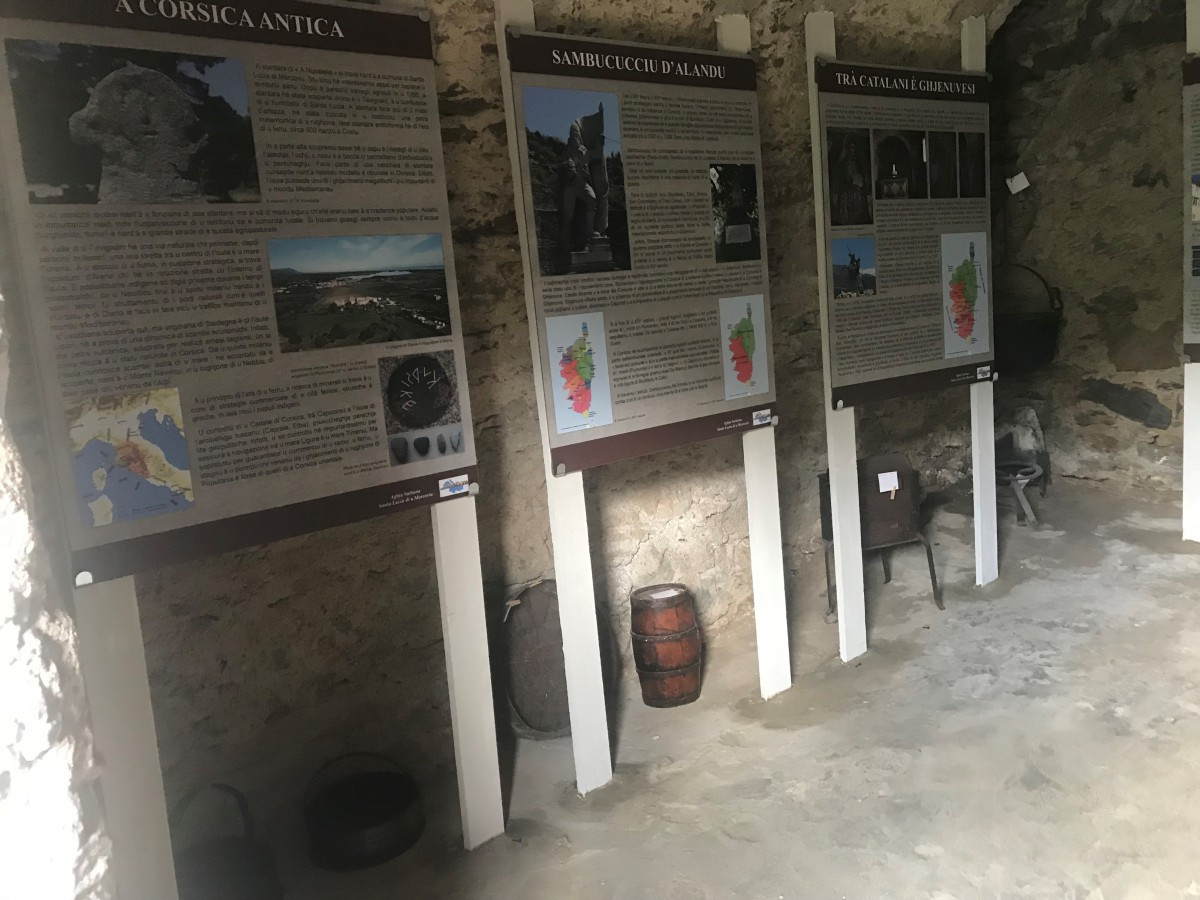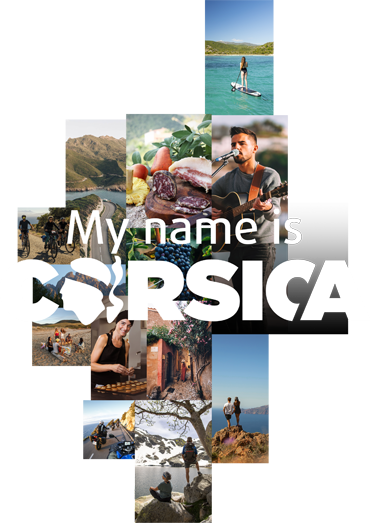Rechercher...
Explore Corsica
Santa Lucia di Mercuriu Ecomuseum: a place that promotes Boziu’s rural heritage
 © ATC
© ATC
"Those who come to visit our region now have the possibility of knowing a little more from a historical, cultural and anthropological point of view with this place dedicated to Boziu".
Not so long ago, the Salviani family in Santa Lucia di Mercuriu took the decision to convert a space in their family restaurant, the Aghja Suttana, into a brand new ecomuseum, approximately fifteen kilometres from Corte. Joseph Antoine-Salviani already manages holiday homes here but meeting tourists regularly leads them to a striking conclusion: those who come to visit lay down their suitcases for a while but leave again without having really got the most out of the location. They leave knowing nothing about the commune and surrounding area, the Boziu. In the words of Pierre-Paul, one of Joseph-Antoine Salviani’s two sons, “Santa Lucia di Mercuriu is ultimately no more to them than a village near Corte” and it was realising this that prompted the Salviani family to create this little museum.
The place in question doesn’t look like much: a little cellar with a vaulted ceiling that has had to be renovated. But heritage items have been placed on display: “almost everything you see here was lying in the attic of the family home” Antoine Salviani tells me. Our aim was to promote the region by making historical items accessible to everyone. Everyday household objects and agricultural tools have therefore transcended history: these being those used in a traditional agro-pastoral society. Moreover, a number of surprising documents dating from the mid-19th to the early 20th century, including notarial acts and administrative and commercial documents are on display. Their presence is a reminder of the extent to which some of today’s most ordinary procedures were once carried out completely by the book.
The ecomuseum tells the story of the region of Boziu from antiquity to the present day, by way of Sambucucciu d’Alandu and the Genoese period.
Looking at these documents, one is also struck by another interesting aspect: language. When comparing two deeds, one dated 1897 and the other 1900, I notice that the first is written in Italian and the second in French: “These are illustrative of a linguistic change during which French became the dominant language in accordance with the clearly expressed will of Napoleon III. Prior to that, people wrote in Italian and spoke Corsican”.
 © ATC
© ATC
Pierre-Paul, as a member of the Institut d’Etudes Appliquées des Civilisation et Espaces Méditerranéens [Institute of Applied Studies on Mediterranean Spaces and Civilisation] (INACEM) was able to call on Jean Castela, the organisation’s president who himself contacted specialists on the periods in question. And with their help, they were able to create the information boards. Jean Castela believes that this process has produced high-quality results. It has made it possible to view the history of the region (Boziu) in parallel with Corsican and even European history and INACEM consequently plans to make the ecomuseum an essential part of its network.
The ecomuseum is free and accessible to all and you can also eat there.
Contact : Joseph - Antoine SALVIANI
06 27 77 06 70
aghjasuttana@hotmail.fr
Facebook : Crêperie L'Aghja Suttana
More information on A ghja Suttana website
The Ecomuseum retraces the history of the Boziu region from antiquity to the present day, free entry and accessible to all. It is also possible to eat on site
Locate
powered by cd-media.fr



